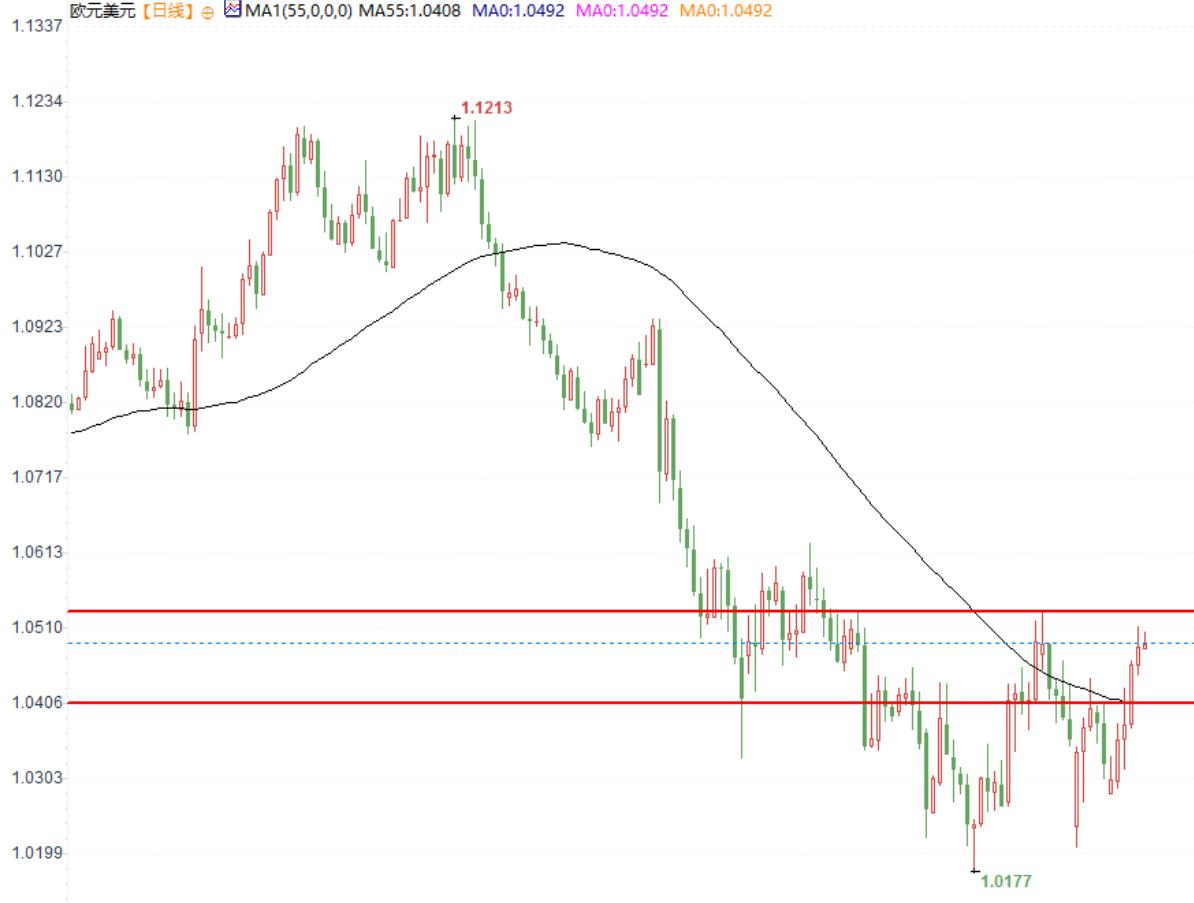Euro faces long-term weakness risk, policy adjustment is urgent
According to market research, former European Central Bank President Mario Draghi wrote in the Financial Times that trade barriers between EU member states are more damaging to economic growth than any tariffs that the United States may impose. At present, the supply chain within the EU is constrained by high administrative barriers, strict market access requirements, and inconsistent regulatory standards, which have been intensifying in recent years.
The harm of these internal barriers to economic growth is far greater than any trade restriction measures that the United States may take, and their negative impact is continuing to expand. "- Mario Draghi
According to estimates from the International Monetary Fund (IMF), trade barriers within the European Union are equivalent to a 45% tariff on manufacturing, while restrictions on the service sector can reach as high as 110%. This means that under the same economic environment, the cross-border transaction costs of EU companies are much higher than those of other major economies. This phenomenon has resulted in the trade volume within the European Union being only half of the trade volume between states in the United States, weakening the market expansion ability of European companies.
At the same time, Europe's foreign trade barriers are actually decreasing, making imported goods more attractive, which further prompts European companies to seek growth opportunities in overseas markets. This trend has also led to an increase in the eurozone's dependence on international trade, with its current share of GDP rising to 55%, far higher than the 31% in 1999. In contrast, the trade to GDP ratio of major Asian countries has only slightly increased from 34% to 37%, while the United States has risen from 23% to 25%.
Weak demand in Europe, intensified fiscal policy constraints, and economic stagnation
The economic problems in Europe are not only on the supply side, but also due to long-term insufficient demand, which is an important reason for weak economic growth. Draghi pointed out that since 2008, eurozone governments have been slow to stimulate demand and fiscal policies have lacked strength.
For a long time, governments around the world have allowed economic demand to weaken in order to maintain fiscal discipline, resulting in long-term constraints on economic growth in the eurozone. "- Mario Draghi
According to Draghi's calculations, from 2009 to 2024, the US government injected 14 trillion euros into the economy through fiscal deficits, while the eurozone only injected 2.5 trillion euros. This means that in terms of fiscal stimulus, the policies of the United States far exceed those of the European Union, making the US economy recover faster, while Europe is trapped in a long-term low growth dilemma.
The divergence of fiscal policies not only affects the overall economy, but also exacerbates the uneven development within the eurozone. For example, the German economy is deeply mired in recession, while the French economy is stagnating, and both countries are facing political turmoil, further dragging down the efficiency of policy implementation. This makes it difficult for the EU to quickly adopt unified fiscal and economic policies, further limiting the overall economic growth potential.
The slowdown in economic growth within the European Union, the intensification of trade barriers, and the widening divergence of fiscal policies have collectively affected the trend of the euro. In recent years, the euro has been under continuous pressure against the US dollar, and the market lacks confidence in the prospects of the European economy, making investors more inclined towards safe haven assets such as the US dollar.
In addition, the European Central Bank has always maintained a cautious attitude towards interest rate hikes, and compared to the Federal Reserve's aggressive tightening policy, the monetary policy of the eurozone appears more passive. The market is concerned that if the EU fails to address its internal economic structural issues, the euro may remain at a low level for the long term, affecting global capital flows.
Some market analysts believe that for the euro to strengthen, it needs to rely on the following key factors:
Internal economic reform within the European Union - by reducing trade barriers, unifying regulatory standards, and enhancing market freedom to enhance internal trade vitality.
Fiscal policy coordination - increasing fiscal stimulus efforts, reducing differences among member countries in deficit management, and promoting overall economic recovery.
Breakthrough in technological innovation - increase investment in key technological fields, narrow the gap with the United States and major Asian countries, and enhance global competitiveness.
Monetary policy adjustment - The European Central Bank needs to find a balance between inflation and economic growth and adopt a more flexible monetary policy to stabilize market expectations.
Overall, if the EU cannot take strong measures to improve the economic situation in the short term, the euro may continue to be under pressure

FXCUE Editor's Opinion:
The current challenges facing the EU economy not only come from the external environment, but also from its own structural problems. Internal trade barriers, uncoordinated fiscal policies, and declining technological competitiveness are gradually eroding Europe's global competitiveness.
Draghi's viewpoint reflects the core issue of EU economic governance - the lack of coordination among member states, leading to a lack of unity in the overall economic policies of the eurozone.
Tips:This page came from Internet, which is not standing for FXCUE opinions of this website.
Statement:Contact us if the content violates the law or your rights
